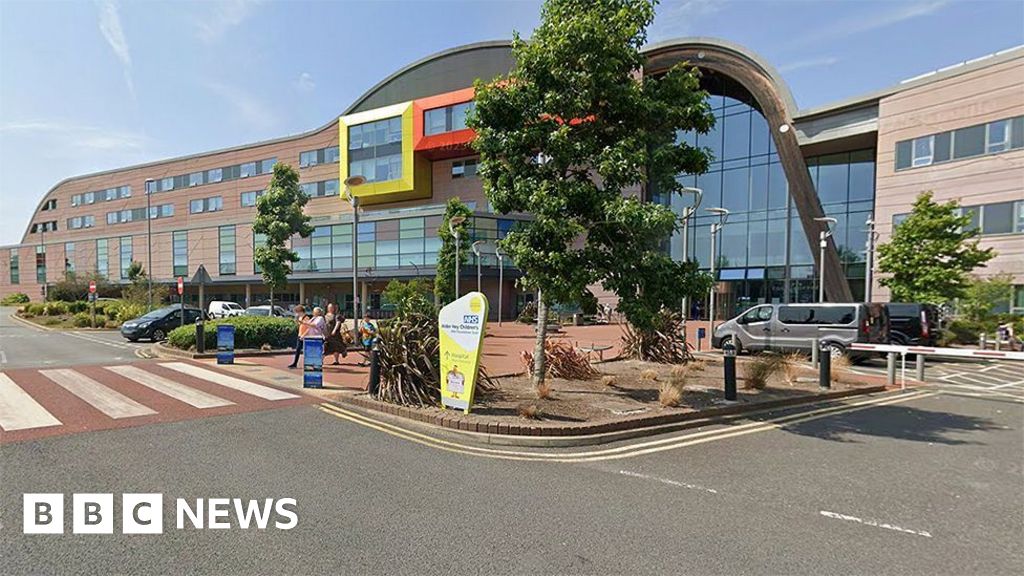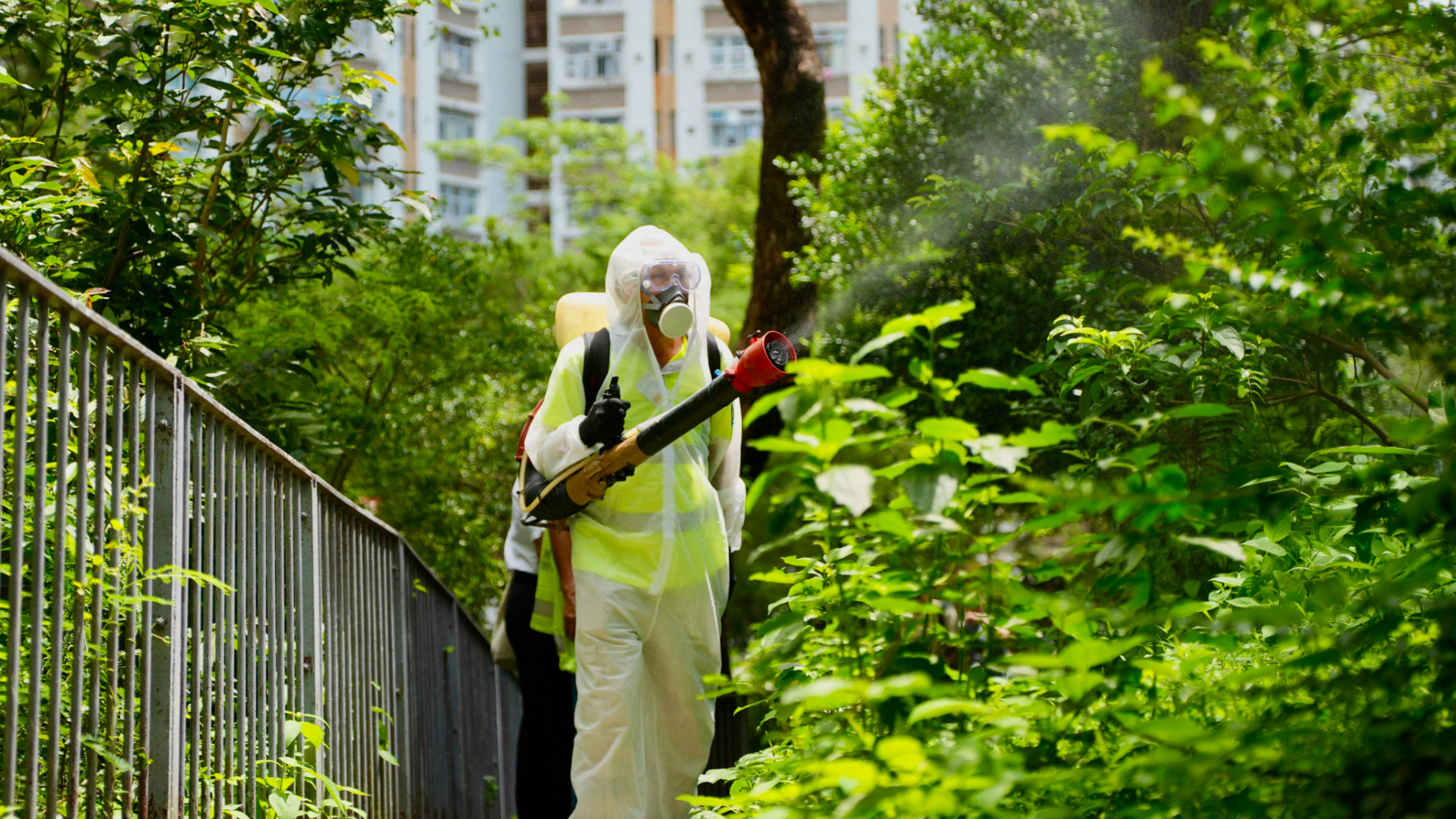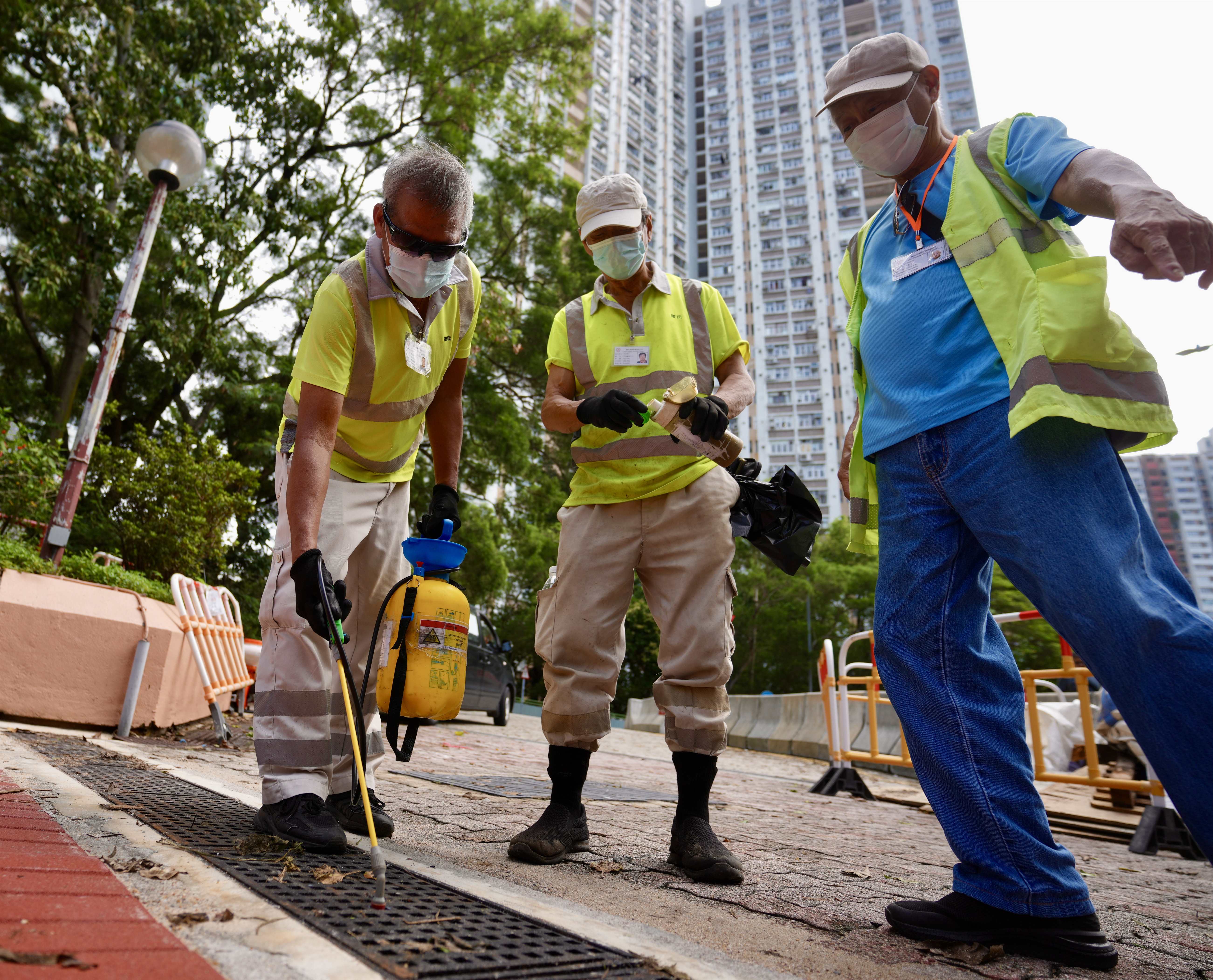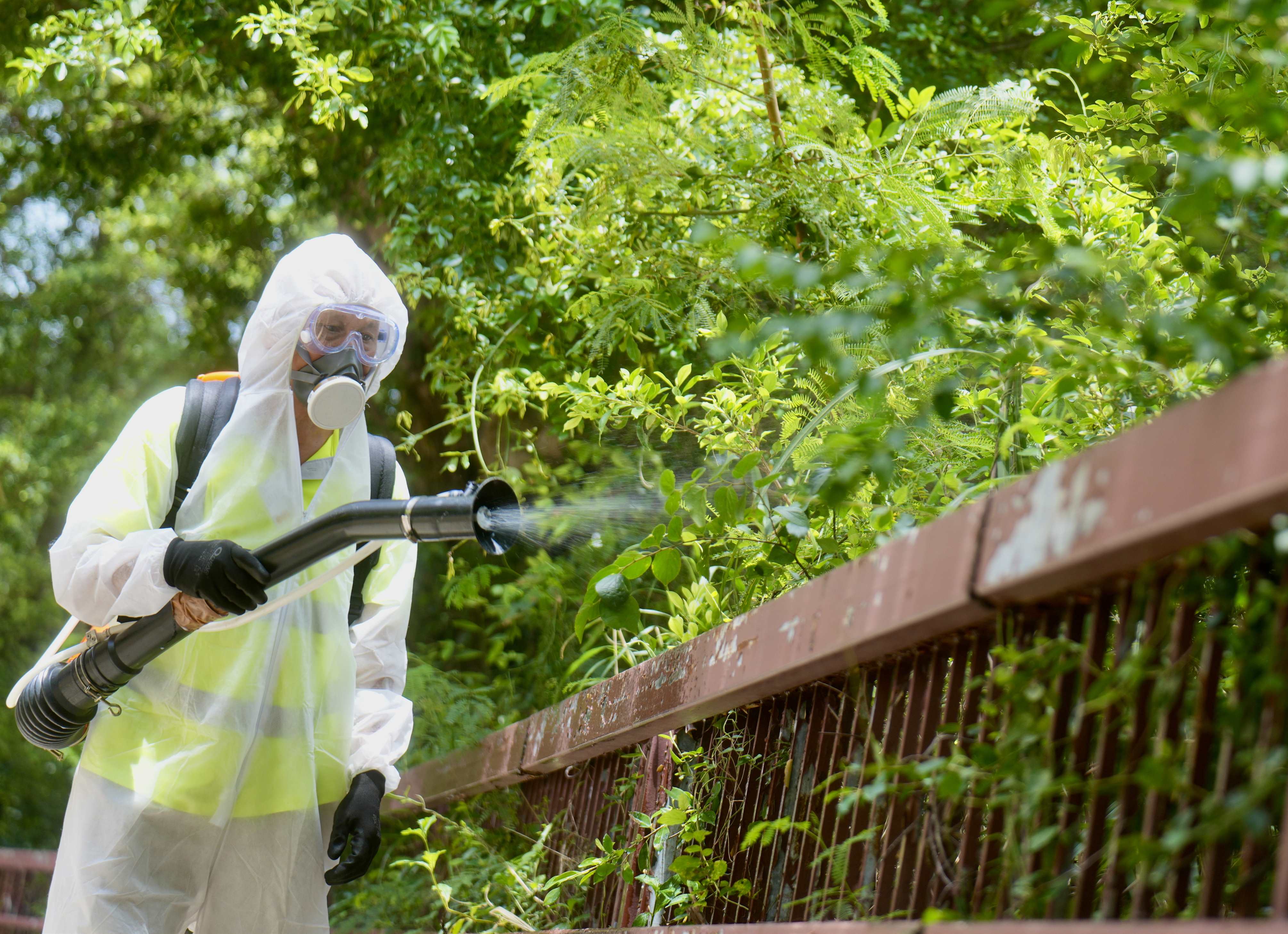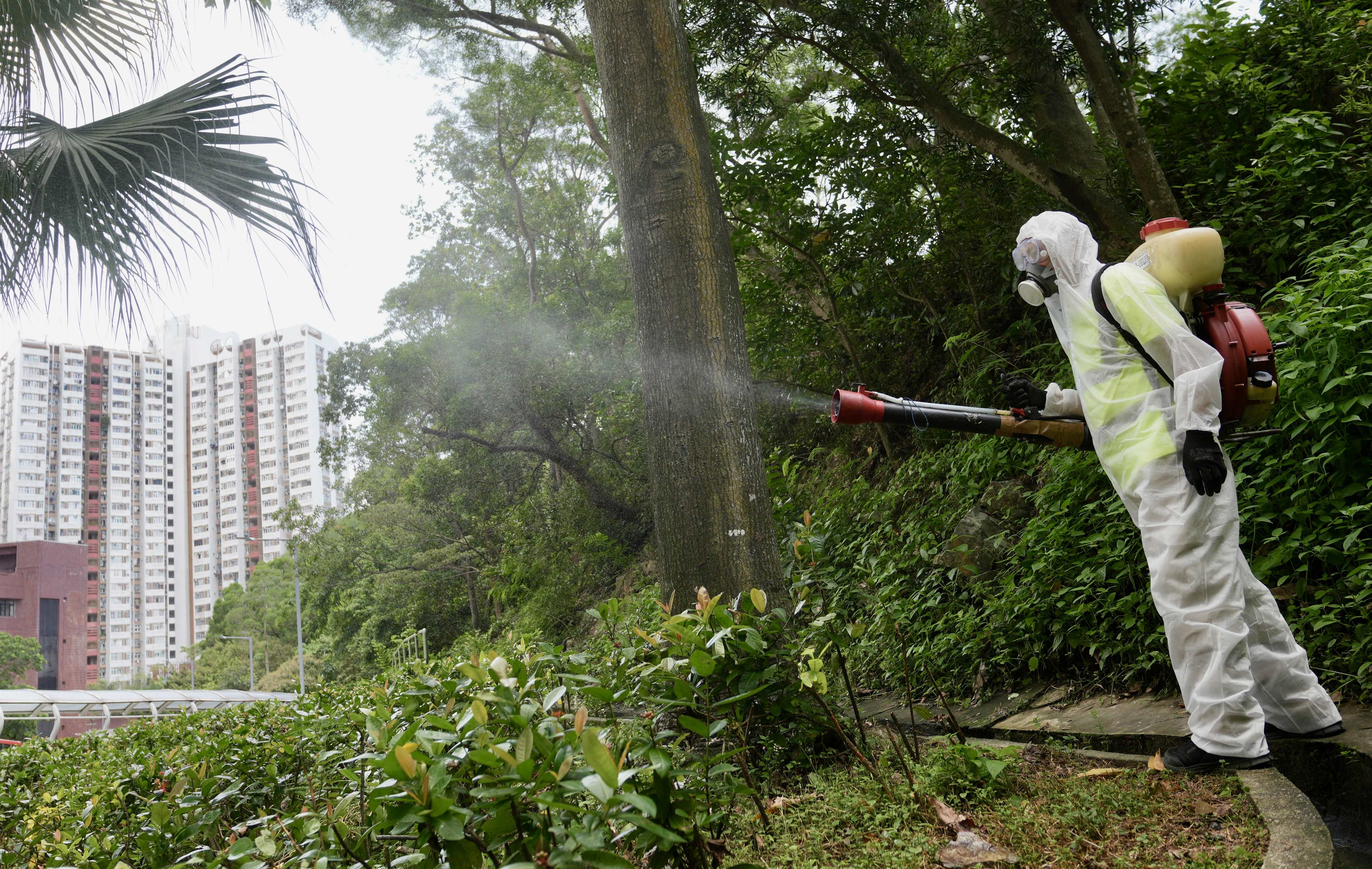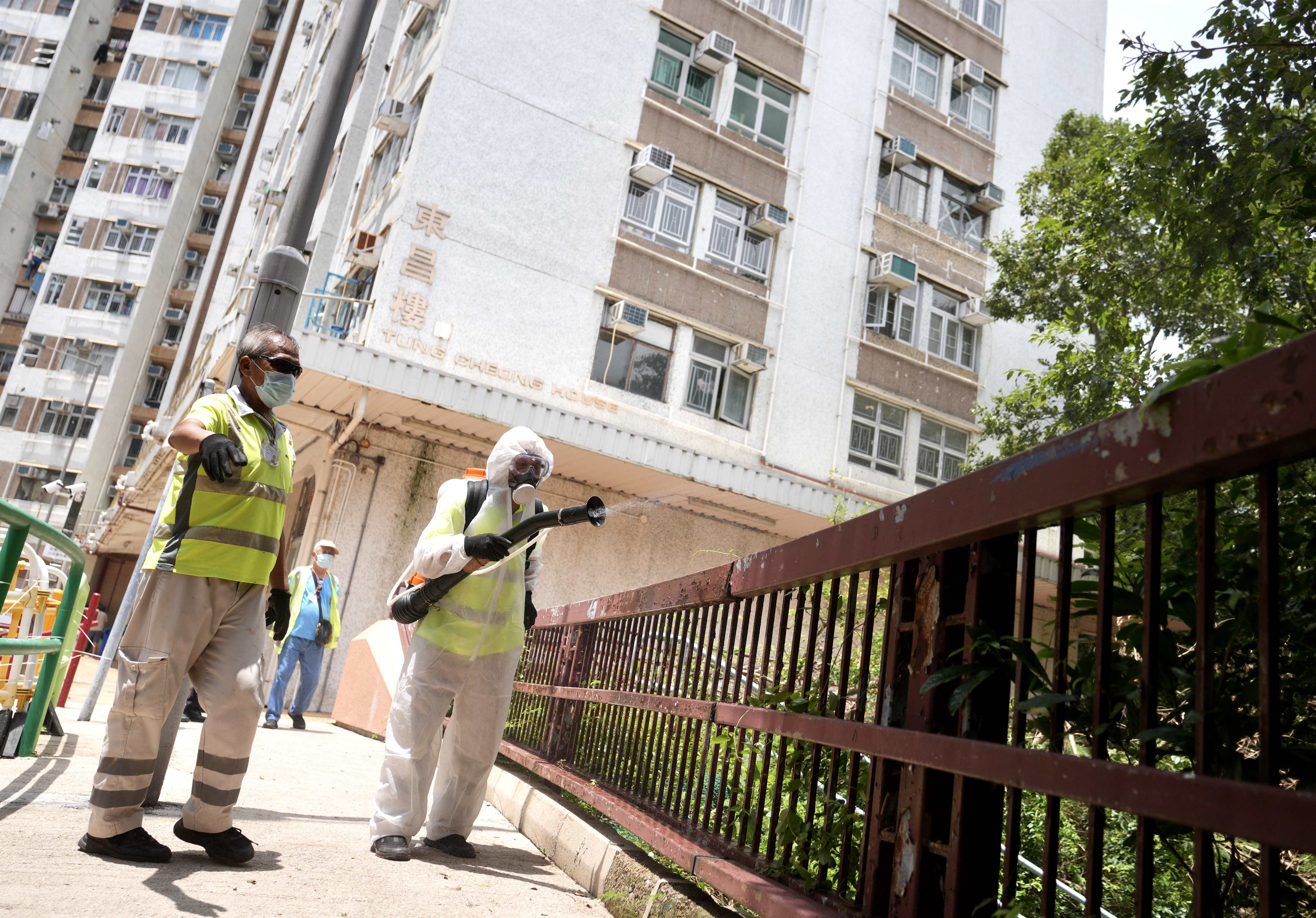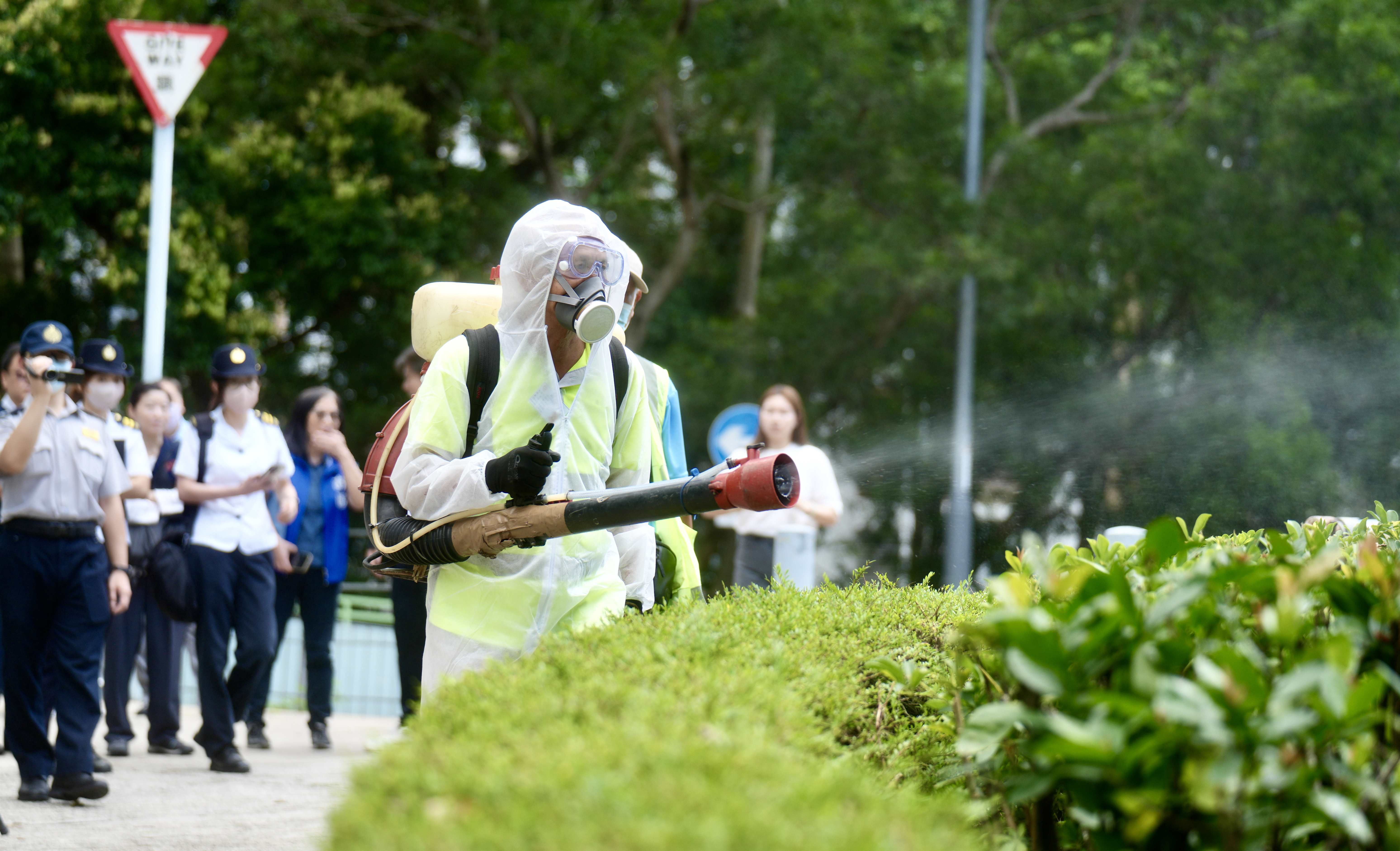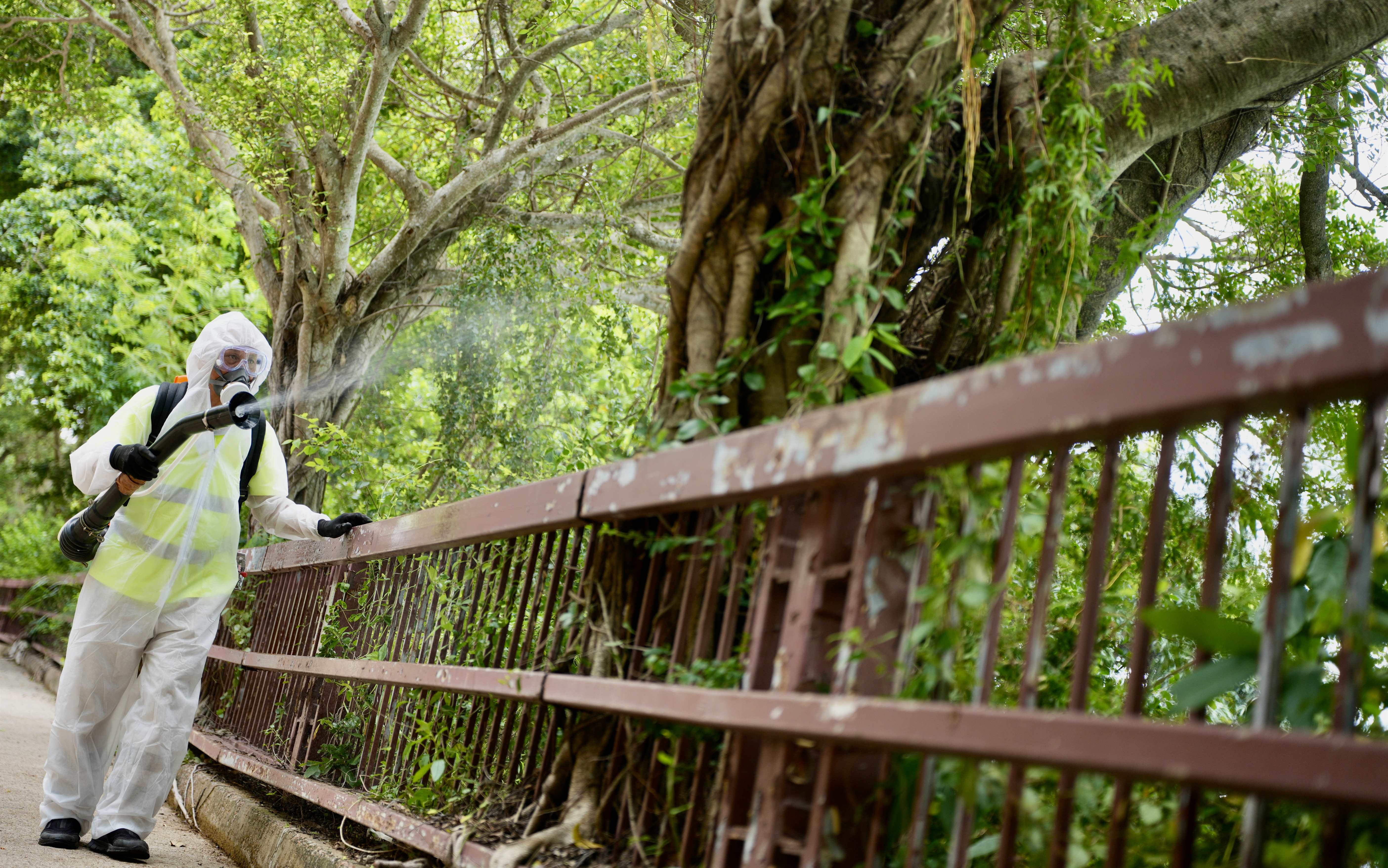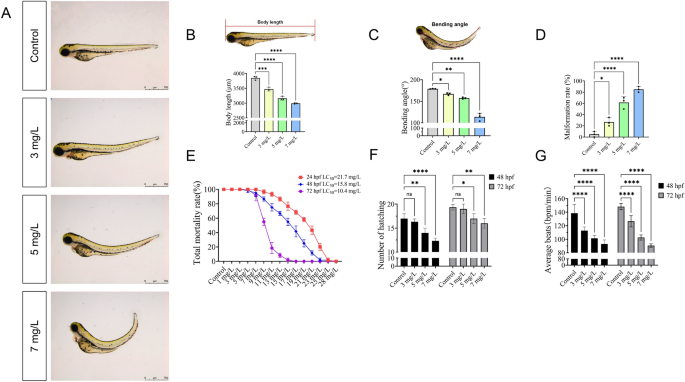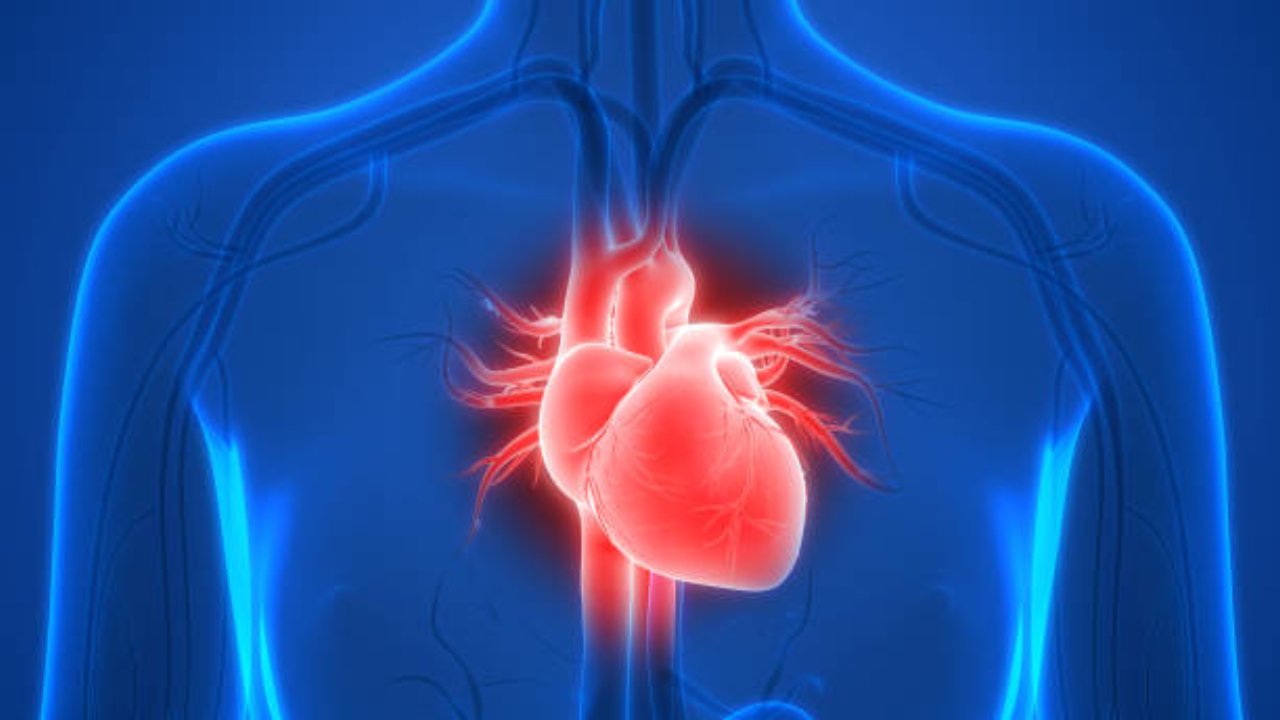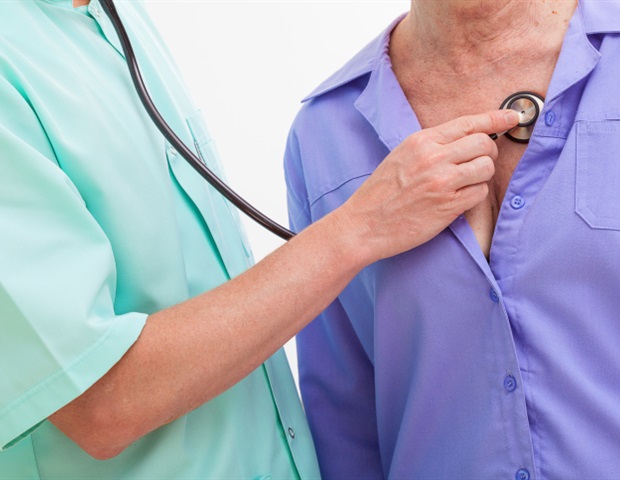Chemicals and reagents
Butylated hydroxytoluene (BHT, ≥ 98% purity, CAS 128-37-0) was obtained from Macklin. A stock solution of BHT was prepared at 10 mg/mL in dimethyl sulfoxide (DMSO, ≥ 99.5% purity, CAS 67-68-5) and stored at − 20 °C. Working solutions were freshly prepared by diluting the stock solution directly into the culture medium immediately before each experiment. Acridine orange (AO, ≥ 99% purity, CAS 65-61-2) was purchased from Solarbio (Beijing, China) and reconstituted into a working solution as per the manufacturer’s instructions.
Zebrafish husbandry and embryo collection
This work has received approval for research ethics from Laboratory Animal Welfare and Ethics Committee of Jinggangshan University (Medical Ethics Committee of Jinggangshan University) and a certificate of approval is available upon request. Wild-type adult zebrafish (AB) and the genetically modified strains used in this study include: The Tg(-2.4shha-ABC:GFP) line, in which the Hedgehog signaling target gene is specifically expressed with green fluorescent protein in hedgehog target cells; the Tg(olig2:DsRed) line, which marks motor neurons with red fluorescent protein; the Tg(elavl3:YC2) line, in which the neuron-specific green fluorescent protein is expressed in neuron cells; and the Tg(coro1a:EGFP) line, which specifically expresses green fluorescent protein in neutrophils and macrophages. All transgenic lines were obtained from the China Zebrafish Resource Center (Wuhan, China). Zebrafish were raised at 28 °C with the light/dark cycle of 14 h:10 h in an automatic circulation system. The dechlorinated water with the parameters of pH 6.9–7.2, hardness of 200 mg/L, dissolved oxygen concentration of 5–7 mg/L,and conductivity of 650 μS/cm was used for fish culture and exposure. Healthy embryos (5–6 hpf) were collected after natural mating (2 females:1–2 males) and fertilized eggs were transferred to a culture dish containing embryo culture medium (5 mM NaCl, 0.17 mM KCl, 0.33 mM CaCl2, 0.33 mM MgSO4)22.
BHT exposure and experimental design
Butylated hydroxytoluene (BHT) was dissolved at a concentration of 10 mg/ml in the culture medium as a reserve solution and stored at 4 °C. Then, 0.003% 1-phenyl-2-thiourea (PTU) was added to inhibit melanogenesis (the use of PTU is limited to experiments requiring fluorescence photography and staining). Zebrafish embryos were exposed to BHT at concentrations ranging from 1 to 28 mg/L. Based on preliminary dose-range finding experiments (1–28 mg/L), we determined the 72 hpf LC50 (lethal concentration 50%) value to be 10.4 mg/L ((95% CI 9.931–11.07 mg/L, see Results Fig. 1E). Concurrent teratogenicity assessments across this concentration range established 3 mg/L as the lowest observed effect level, characterized by significant developmental abnormalities including body axis curvature. Furthermore, 7 mg/L, the highest concentration tested below the LC50, reproducibly induced severe teratogenic effects (e.g., high malformation rates) while maintaining survival rates adequate for detailed phenotypic analysis. Therefore, the final test concentrations were set to 3, 5, 7 mg/L, and 0.005% DMSO (control) to establish a clear dose–response relationship for BHT-induced developmental toxicity, particularly spinal defects. Healthy embryos (< 6 hpf) were transferred to 6-well plates containing BHT solutions, refreshed daily to maintain exposure stability and oxygenation. Developmental parameters (mortality, hatching rate, malformation rate) were recorded daily. After exposing embryos to designated BHT concentrations until 72 hpf, we anesthetized larvae with 200 mg/L tricaine and use 1% low melting point agar to solidify the embryo body position. We then captured malformation images using a stereomicroscope (V16, Germany) and performed two-dimensional fluorescence analysis via confocal microscopy (Leica TCS SP8, Germany), and the malformation status of each group of zebrafish was photographed. Heart rate (24, 48, 72 hpf), hatching rate (24, 48, 72 hpf), body curvature, length, and morphology (72 hpf) were quantified and three biological replicates23. All methods were performed in accordance with the relevant guidelines and regulations and conform to the ARRIVE guidelines24.
Larvae locomotor assay
Following treatment with BHT for each group of zebrafish up to 72 hpf, each concentration group selects 6 representative young zebrafish, placing the same concentration group on each row of the 24-well plate, and placing one juvenile fish in the corresponding position on the plate. Then, 2 mL of embryo culture medium was added, and the culture was continued until 120 hpf. The Noldus DanioVision system was used to monitor the zebrafish movement responses induced by BHT. The behavioral analysis was conducted under the following lighting conditions: Alternating light and dark cycles: 5 min of dark adaptation, 5 min of light exposure, 5 min of darkness, another 5 min of light exposure, a final 5 min of darkness. The average swimming speed of the zebrafish under different conditions was calculated, with each experiment being repeated at least three times. Locomotor activity, a key indicator of neurodevelopment, was monitored and analyzed25.
Acridine orange (AO) staining
Apoptosis in larvae (72 hpf) was assessed using AO staining. Larvae were rinsed with PBS, incubated with AO working solution (5 µg/mL, diluted 1:2000) at 28.5 °C for 30 min in the dark, washed again, and imaged under a fluorescence microscope (DM IL, Leica, Germany).
Gene transcription analysis
Following treatment with the drug for 72 hpf, approximately 60–75 zebrafish, subjected to humane euthanasia, were collected from each group. Total RNA was extracted from the embryonic tissue homogenization of each group using the Tranzol UP Reagent (ET111-01, Japan Takara Company). Subsequently, approximately 1 µg of total RNA was reverse transcribed into cDNA using the cDNA Synthesis Kit (AE311-03, TRANS, China). qRT-PCR was performed on an ABI Step One Plus RT-PCR system (Applied Biosystems, Foster City, USA) using TransStart Green qPCR Supermix (AQ601-02, TRANS, China). The reaction conditions consisted of 10 min of pre-denaturation at 95 °C, followed by 40 cycles of 30 s of denaturation at 95 °C and 30 s of annealing at 60 °C. β-Actin gene was used as the internal reference, and the primer sequences are listed in Table S1. All expression levels of the relevant genes detected in this study can be found in the supplementary table S2. Each treatment group included three biological replicates.
Antibody staining
After BHT treatment at 72 h post-fertilization (hpf), the zebrafish embryos subjected to cryogenic euthanasia were first rinsed with phosphate buffer solution (PBS) three times (each for 5 min). They were then fixed with 4% paraformaldehyde (PFA) at 4 °C overnight. The following day, the samples were rinsed three times with 100% methanol before being treated with acetone at − 20 °C overnight. On the third day, the samples were dehydration with a gradient solution of 75% methanol + 25% PT (75 mL PBS + 25 mL Triton X-100), 50% methanol + 50% PT (50 mL PBS + 50 mL Triton X-100), and 25% methanol + 75% PT (25 mL PBS + 75 mL Triton X-100) for once, and then washed with PT solution three times, each for 5 min. To enhance the specific binding capacity of the antibodies, we stripped the epidermis from the back of the juvenile fish, and they were rinsed three times with 3% PT solution (97 mL PBS + 3 mL Triton X-100), each for 5 min. The samples were then incubated in PBTN solution (4% BSA, 0.02% NaN3, 3% PT) at room temperature for 1 h, followed by overnight incubation with mouse monoclonal anti-α-Tubulin antibody (1:200, product number sc-23950, Santa Cruz Biotechnology) at 4 °C.
After labeling the primary antibody with Alexa Fluor 638 anti-rabbit IgG secondary antibody (1:1000, product number A-11004, American Invitrogen company), the samples were stained with freshly prepared PBS-DAPI solution (2 µg/mL) for 30 min. Finally, Images were acquired using a Leica TCS SP8 confocal laser scanning microscope. Z-stacks of optical sections were collected at intervals to encompass the relevant depth of the region of the spinal cord at specific somite levels. For visualization and presentation in the figures, maximum intensity projections (MIPs) of the Z-stacks were generated. Image analysis was performed on the using ImageJ software (version 1.49, National Institutes of Health, Bethesda, USA).
Rescue experiment
Smoothened agonist (SAG) is a commonly used activator of the Hedgehog signaling pathway (Hh), which specifically stimulates the key receptor Smoothened (SMO) in the Hh pathway26. To investigate whether the body axis curvature induced by BHT exposure is due to abnormal induction of the Hh pathway, we co-exposed the animals to SAG and BHT. Rescue experiments were conducted with embryos fertilized for 6 h, including the following groups: DMSO control group, 7 mg/L BHT group, 3 mg/L SAG group, and 7 mg/L BHT + 3 mg/L SAG group. To ensure that the drug concentration in the solution in which the embryos were placed was always sufficient, the solution was changed every 24 hpf. After exposure for 72 hpf, the embryos were observed under a microscope to capture images. Developmental, behavioral, and gene expression endpoints were assessed as above.
Statistical analysis
Body length was measured using ImageJ software (Version 1.49, National Institutes of Health, Bethesda, USA), and the curvature of the body axis in brightfield images was assessed. At 48 and 72 hpf, zebrafish embryos were placed under a body-vision microscope (Leica TCS SP8) and the heart rate was recorded for 20 s. A complete heartbeat was defined as a continuous mechanical fluctuation from the onset of atrial contraction to the end of ventricular contraction. Five embryos within each concentration group were randomly selected for counting and repeated three times in parallel. Data were analyzed using GraphPad Prism 8 and the normality of the data (Each data point represents data relating to larvae in an independent experimental replicate, each treatment contained three biological replicates) was evaluated using the Shapiro–Wilk test. The results showed that the data conform to the normality assumption. Therefore, parametric statistical tests were used and one-way ANOVA and Student’s t-test were used to identify significant differences. Unless otherwise stated, statistical significance was indicated as *p < 0.05, **p < 0.01, ***p < 0.001, and ****p < 0.0001 compared to the blank controls.
